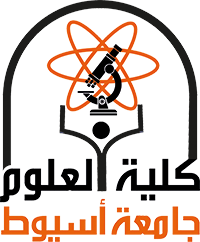The discovery of novel Aggregation-Induced Emission (AIE) systems based on heterocyclic compounds holds significant potential. In this study, a series of new AIE systems based on thieno[2,3-d]pyrimidine moiety synthesized and characterized by spectroscopic analyses. These compounds exhibited weak emission in DMSO solution but displayed strong solid-state fluorescence at λmax=556, 527, 527, and 515 nm for compounds 7 a, 7 b, 7 c, and 7 e respectively. Additionally, compound 10 exhibited emission at 480 nm in DMSO, which was red-shifted to 490 nm in the solid state. Furthermore, the AIE behavior for these compounds was investigated in different DMSO/H2O fractions. Compounds 7 a–c, 7 e, and 10 exhibits a typical AIE behavior since these compounds showed weak fluorescence intensity in pure DMSO but sharply increased while the water content reached 80 % in the case of compounds 7 a–c, and 7 e, and 90 % in compound 10. Moreover, Density Functional Theory (DFT) calculations supported the role of molecular packing and intermolecular interactions in modulating the luminescence properties. Molecular docking studies suggested the potential of these AIE compounds as anticancer agents. Compound 7 a exhibits a strong binding affinity of −9.6 kcal/mol for CDK-2 compared with abemaciclib, palbociclib, and ribociclib drugs, indicating its potential as a potent CDK-2 inhibitor.
ملخص البحث
تاريخ البحث
قسم البحث
مجلة البحث
Asian Journal of Organic Chemistry
المشارك في البحث
الناشر
Wiley
عدد البحث
14
موقع البحث
https://aces.onlinelibrary.wiley.com/doi/full/10.1002/ajoc.202400670
سنة البحث
2025
صفحات البحث
e202400670

